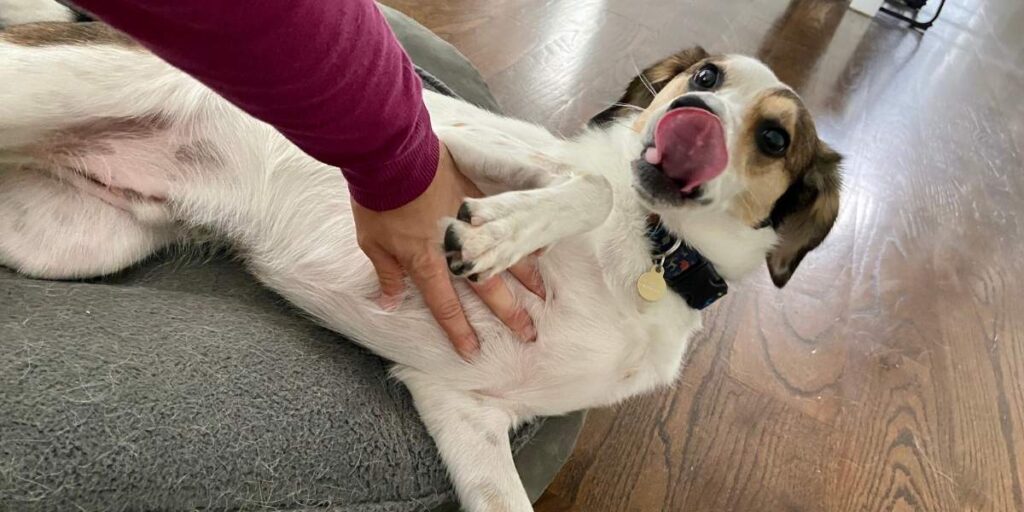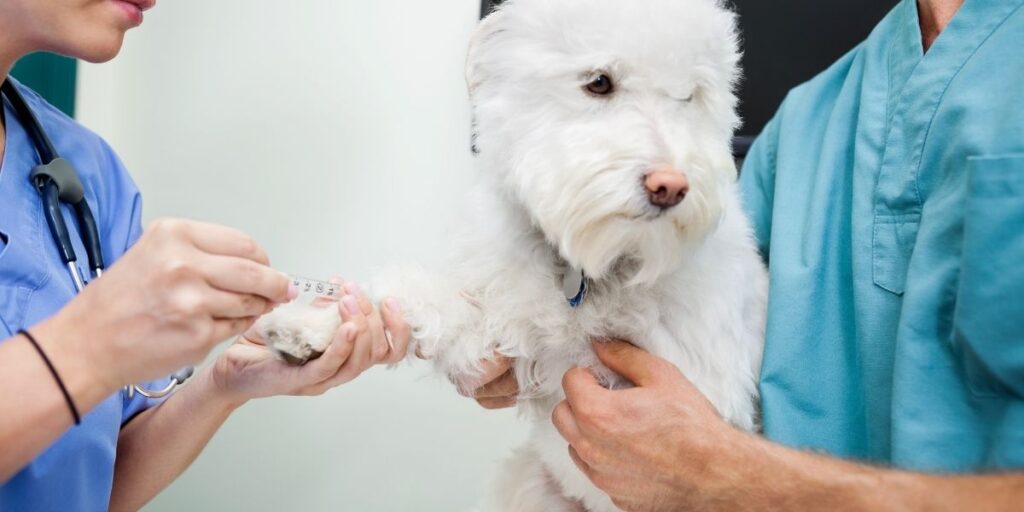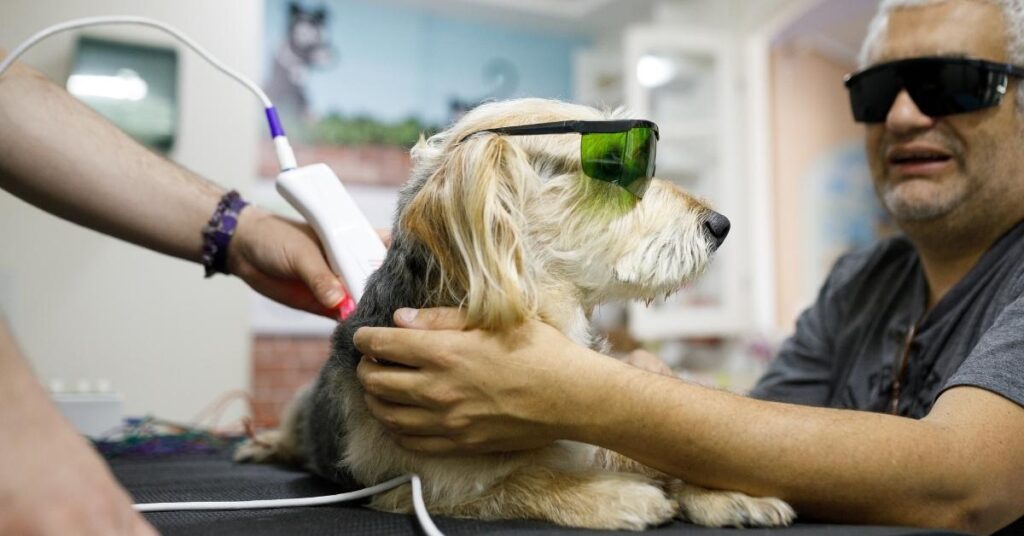Now Reading: Is Your Dog Acting Strange? It Might Be Cushing’s Disease
- 01
Is Your Dog Acting Strange? It Might Be Cushing’s Disease

Is Your Dog Acting Strange? It Might Be Cushing’s Disease
Is Your Dog Just Aging… or Is It Cushing’s Disease?
Imagine this. Your once energetic, playful pup is suddenly always thirsty, pees more often, has a potbelly, and seems to be losing hair. You tell yourself, “Maybe it’s just old age.” But deep down, something feels off.
What if I told you these signs could point to something more serious—Cushing’s Disease in dogs?
If you’re here, worried and searching for answers, you’re not alone. At MyPetPit, we’re here to talk you through what Cushing’s Disease in dogs actually means, how to recognize it, and what to do next. So let’s sit down, pet your pup, and dive in.

What is Cushing’s Disease in Dogs?
Cushing’s Disease in dogs (also known as dog Cushing’s disease or hyperadrenocorticism) is a hormonal disorder caused by prolonged exposure to high levels of cortisol, a stress hormone. While cortisol is essential for body functions, too much of it wreaks havoc on your dog’s system.
There are two main types of this condition:
- Pituitary-dependent Cushing’s Disease (most common): Caused by a benign tumor in the pituitary gland.
- Adrenal-dependent Cushing’s Disease: Caused by a tumor in one of the adrenal glands.
This condition tends to appear in middle-aged and older dogs, especially in breeds like Poodles, Dachshunds, Terriers, and Beagles.
Common Signs of Cushing’s Disease Dog Owners Should Know
It’s easy to miss the signs or confuse them with aging. But the earlier you catch it, the better.
Here are some red flags to look for:
- Excessive drinking and urination
- Increased appetite
- Hair thinning or patchy hair loss
- Pot-bellied appearance
- Muscle weakness or lethargy
- Panting without cause
- Skin infections or slow-healing wounds

If your fur baby is showing any of these symptoms, it’s time to have a talk with your vet.
How Is Cushing’s Disease Diagnosed?
Diagnosing Cushing’s Disease in dogs isn’t always straightforward. Your vet will start with blood and urine tests to look for imbalances.
Then, they may recommend:
- ACTH stimulation test
- Low-dose dexamethasone suppression test (LDDS)
- Ultrasound or MRI to identify adrenal or pituitary tumors
The right test helps your vet confirm the diagnosis and determine which type of Cushing’s your dog has.
Must Read: My Dog Ate Chocolate But Is Acting Fine: What’s Next?
Treatment for Cushing’s Syndrome in Dogs
Here’s the good news: Treatment for Cushing’s syndrome in dogs is available and can dramatically improve your dog’s quality of life.
1. Medication
For pituitary-dependent Cushing’s, canine Cushing’s medication like Trilostane (Vetoryl) or Mitotane is often prescribed. These help regulate cortisol production. Most dogs respond well and can live a fairly normal life.
Note: Your dog will need lifelong medication and routine blood monitoring.
2. Surgery
If it’s an adrenal tumor and it’s operable, surgery may be an option. However, this is more complex and usually requires a veterinary specialist.
Canine Cushing’s Disease Treatment: Side Effects & Monitoring
Medications for canine Cushing’s disease treatment can have side effects like vomiting, diarrhea, or reduced appetite in the beginning.
That’s why regular follow-up tests are crucial. Your vet will monitor cortisol levels to adjust dosages and avoid complications like Addison’s disease (the opposite problem—too little cortisol).
Don’t worry—you won’t be alone. Your vet will guide you every step of the way.
Must Read: How long are dogs in heat: Understanding the Heat Cycle

What You Can Do at Home: Care Tips for Dogs with Cushing’s
Along with meds and vet visits, your love and attention matter most. Here’s how you can help:
- Feed a balanced, low-fat diet
- Keep your dog at a healthy weight
- Maintain a clean environment to prevent infections
- Don’t skip medications
- Provide low-stress surroundings—Cushing’s dogs can be extra sensitive
FAQ: Quick Answers to Common Questions
A: It can be life-shortening if untreated. With proper care and medication, many dogs live comfortably for years.
A: With treatment, 2–4 years on average, sometimes longer depending on overall health and age.
A: Monthly costs range from $50–$200 depending on meds, vet fees, and follow-ups.
Final Bark: Trust Your Gut, Trust the Science
If you’ve read this far, you’re clearly a caring dog parent—and that’s the best medicine of all. Cushing’s Disease in dogs sounds scary, but with early diagnosis, the right canine Cushing’s disease treatment, and lots of TLC, your pup can still wag their tail for years to come.
Whether you’re dealing with suspicious symptoms or have already received a diagnosis, know this: you’re not alone. MyPetPit is here to help you navigate it all—because your pet deserves the best, and so do you.
Must Read: How to Care for Your Pet Jumping Spider: A Simple Guide













